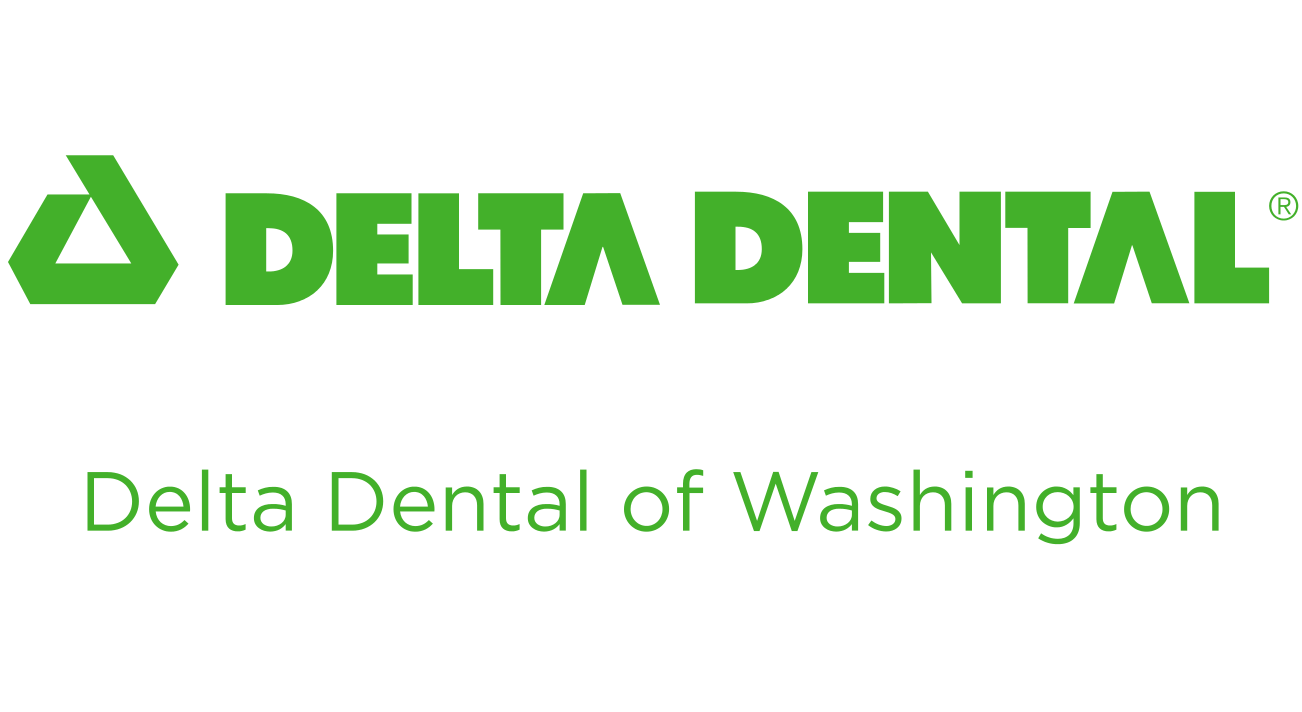Did you know that oral cancer will kill over 9,7501 people in the United States this year? Surprised? You’re not alone. It’s a “quiet” killer that doesn’t often hit the headlines, instigate rallies or walks – the public isn’t as exposed to its risks and symptoms as other cancers. But it’s just as dangerous:
- Over 50,000 Americans are diagnosed with oral cancer every year1
- Approximately 24 Americans per day die from oral cancer1
- A little less than half of those diagnosed will pass away within five years1
- 25% of oral cancer victims are under 552
- Those who survive oral cancer are at a higher risker for other cancers for 5 to 10 years3
Who’s at Risk?
-
Those at greatest risk for oral cancer are individuals who:
- Use tobacco in any fashion: cigarettes, cigars, pipes, snuff, chewing
- Vape or smoke e-cigarettes (their chemicals can be just as harmful as traditional cigarettes)
- Consume excessive amounts of alcohol
- Experience extensive sun exposure to their lips
- Have a persistent infection with certain strains of human papillomavirus (HPV)
- Have a weakened immune system
For decades, only those over age 40 were included in the high-risk arena, but oral cancer is now affecting younger people more frequently. This shift may, in part, be due to rising cases of HPV 16 in younger generations and the prevalence of vaping – once touted as a safe alternative to cigarettes but may be just hazardous as smoking.
What Are the Symptoms?
Oral cancer symptoms often emerge as seemingly mild irritants, escaping detection until the cancer has progressed and taken hold.
-
Symptoms include:
- Difficult or painful chewing or swallowing
- Difficulty moving your jaw or tongue
- Persistent sore throat or feeling that something is stuck in your throat
- Sores in your mouth that bleed or won’t heal
- Lump or thickening in the cheek or lining of your mouth
- Lump in your neck
- White or red patches on your gums, tongue, tonsil, or lining of your mouth
- Numbness in the tongue or another part of your mouth
- Dentures that fit poorly due to swelling
- Loose or painful teeth
- Weight loss
- Chronic bad breath
Don’t let this list frighten you – having bad breath doesn’t mean oral cancer. Some of these symptoms can simply be indicators of other conditions. Visit your dentist regularly and inform them of any changes in your mouth.
What About Oral Cancer Treatment?
Before treatment begins, your dentist will conduct a comprehensive exam and diagnose other outstanding oral health issues, such as periodontal (gum) disease and tooth decay.
As with other cancers, treatment is planned according to each patient’s unique needs. A team of professionals that may include - dentists, oral surgeons, oncologists, nutritionists, rehab, and restorative specialists – can collaborate and develop for the most effective treatment plan.
During your treatment, regular visits to your dentist can help identify and remedy any oral side affects you may experience from chemo or radiation. Once your therapy is complete, your dentist will monitor your recovery and ongoing oral health.
How Can I Prevent Oral Cancer?
-
Of course, there’s no failsafe for cancer. But you can adjust your lifestyle to boost your chances of prevention:
- Don’t smoke or chew tobacco
- Don’t vape
- Don’t drink alcohol in excess
- Avoid processed foods and excess sugar
- Keep your lips out of the sun or use SPF lip balm
- Visit your dentist regularly
If you feel you are experiencing symptoms of oral cancer, see a dentist immediately. Even with a healthy mouth and glowing grin, regular dental visits are a critical part of prevention or early detection.
Sign into MySmile to review your coverage options.
1. TOral Cancer Facts, Oral Cancer Foundation, 2019
2. Oral and Oropharyngeal Cancer: Statistics, Cancer.Net, 2019
3. 5 Tips for Preventing Oral Cancer, RUSH, 2019


